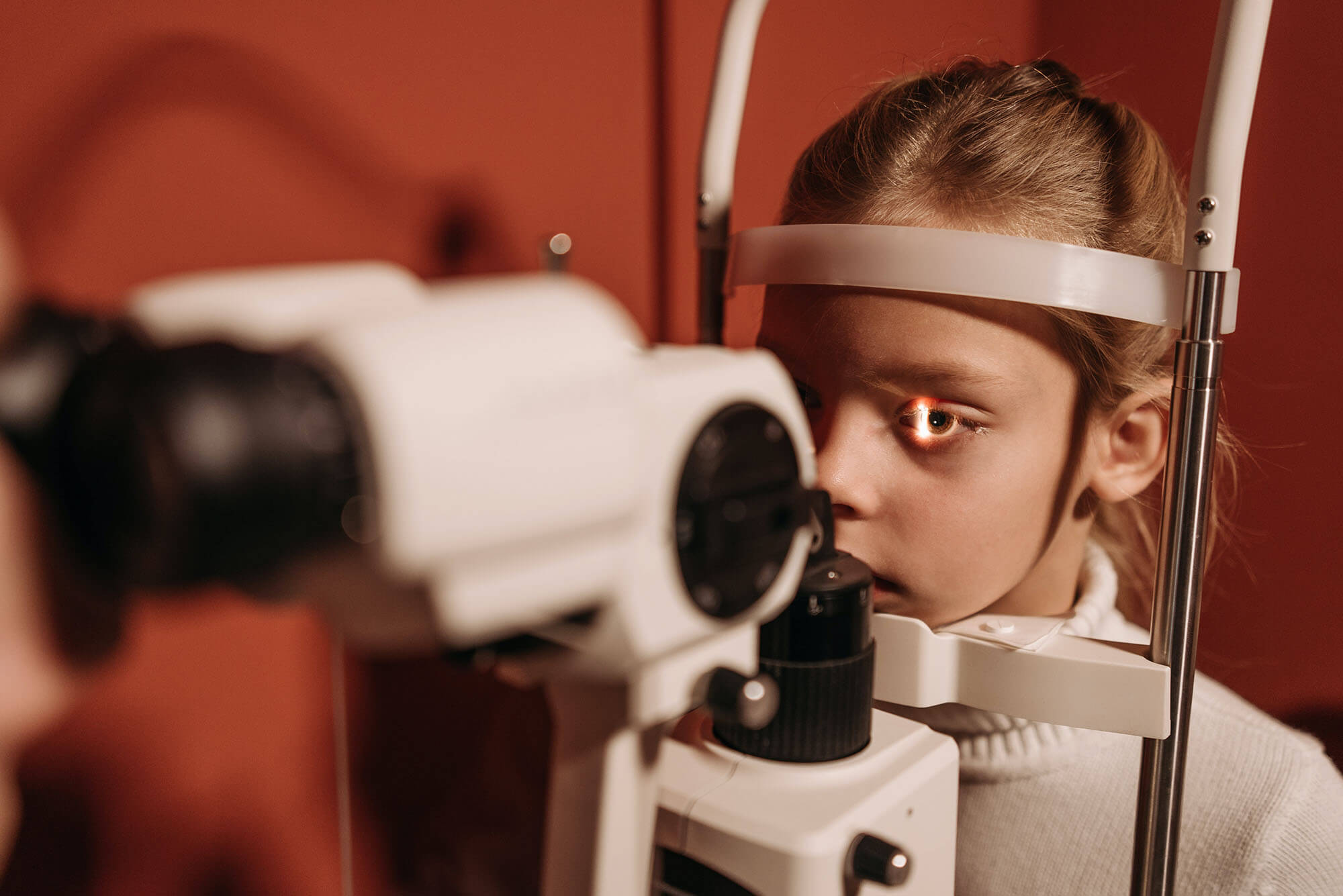When eye problems develop, these vision issues can have a noticeable impact on every area of your life. Whether you are squinting to read the signs on the highway or you can’t entirely focus on the page when reading, it’s essential to talk to an eye doctor about potential treatment options.
Technology has transformed treatment options in the eye care industry. Whether you have myopia (nearsightedness), cataracts, or any other eye disease that affects vision, it might be possible to improve your eyesight using technology. Optometry indeed is one of the most technology-based industries in the medical field.
Correcting Eye Problems with Technology
How is technology changing the eye care industry? Here are a few ways that these advances can be used for correcting eye problems:
- Wavefront: A variety of laser tools are now used to improve the accuracy and precision of surgical techniques. When eye surgery was a new development, surgeons completed these treatments by hand. Nowadays, technology can be used for everything from mapping the eye before treatment to optimizing the precision of the incisions. For example, when wavefront technology is used with LASIK surgery, it can result in 20/40 vision for 99.9% of patients and 20/20 vision for 97% of patients.
- Laser Precision: Improving the accuracy of surgical incisions is a critical step to optimizing results and reducing recovery time. Previously, some patients were unable to have eye surgery because of thin or irregular corneal shape. Now, the improved precision of the lasers used in surgery makes it possible to complete these surgical techniques on more people.
- Corneal Topography: This computer-assisted tool can be used for diagnostics, allowing the eye doctor to see a three-dimensional map that shows the curvature of the corneal surface. Since the cornea is a critical portion of the eye that helps with focusing and vision, this analysis allows for better treatment to optimize vision. Corneal topography can be used for a variety of applications, such as preparing for eye surgery or fitting specialty contact lenses.
- Intraocular Lens Implants: Failure of the eye’s lens results in the loss of vision, but now technology can help through surgical implant placement. With age, the proteins in the eye lens can cause the lens to become cloudy. When this happens, a patient is diagnosed with cataracts – one of the leading causes of blindness in the aging population. Cataract surgery is a standard treatment to correct this problem. Technology makes it possible to place a clear plastic lens into the eye to restore a patient’s vision.
As technology continues to improve, more and more treatment options will become available. Our team is proactive in keeping up with these changes, offering modern results for each patient.
Schedule an Eye Exam
What treatments are recommended for your unique eyecare needs? Each patient is different, which is why we always start with an exam and diagnosis. Then, our experienced eye care team can provide recommendations to correct your eye problems. For more information, contact our office to schedule an eye exam.






